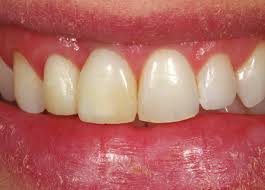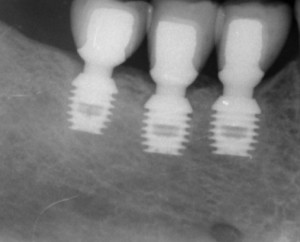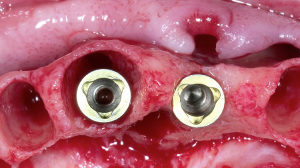Dental Implants 101
Papilla
Preserving or developing papilla can be one of the greatest challenges in implant dentistry.


The overarching principal of papilla development is understanding that the tissue goes where the bone is. If there is bony resorption interdentally, the papilla will atrophy and you’ll be left with a black triangle.
Basic principles to preserve papilla:
- Maintain bone height with atraumatic extractions
- Graft, graft, graft at extraction
- Dental contact at 4-5mm from alveolar crest had 100% papilla in studies; that number drops to 56% at 6mm and 27% at 7mm.
- Gingival biotype. Subepithelial connective tissue grafting can bulk tissue
Implant Size

Does size matter? Traditional thinking was that a 10mm implant was the minimum viable length for dental implants in any position. Further studies have shown that this is just not true. Short implants can and do integrate and have comparable longevity to longer implant lengths. Studies have shown that the vast majority of mechanical load is born in the coronal 3-4mm of the implant. In our practice we are comfortable with as short as 6mm implants in the right clinical scenario.
Ridge Width

Studies show that a minimum of 1mm of bone is needed surrounding dental implants. Our suggestion is 1.5mm of bone surrounding each implant. That means implants can be as close as 3mm from one another and in general for a 3mm implant you need a ridge width of 6mm. If you don’t have it? Graft.
Osteotomy RPM

Every implant manufacturer has a different protocol when it comes to drilling speeds. Research shows that 2500RPM generates less in all systems tested however.
Flap Bone Loss

Every time a flap is raised anywhere from .5 to 1mm of bone is lost. When possible do a flapless approach to dental implants. Guided implant placement makes this a predictable protocol.
Torque
What torque should you tighten your impants to? Conventional wisdom may say tighten it as much as possible. There are theories however that you may cause necrosis to the adjacent bone with too much compression. Research shows torquing to 50Ncm of torque is the sweet spot. Our general recommendations are that an implant has initial stability at a torque of 30Ncm.
